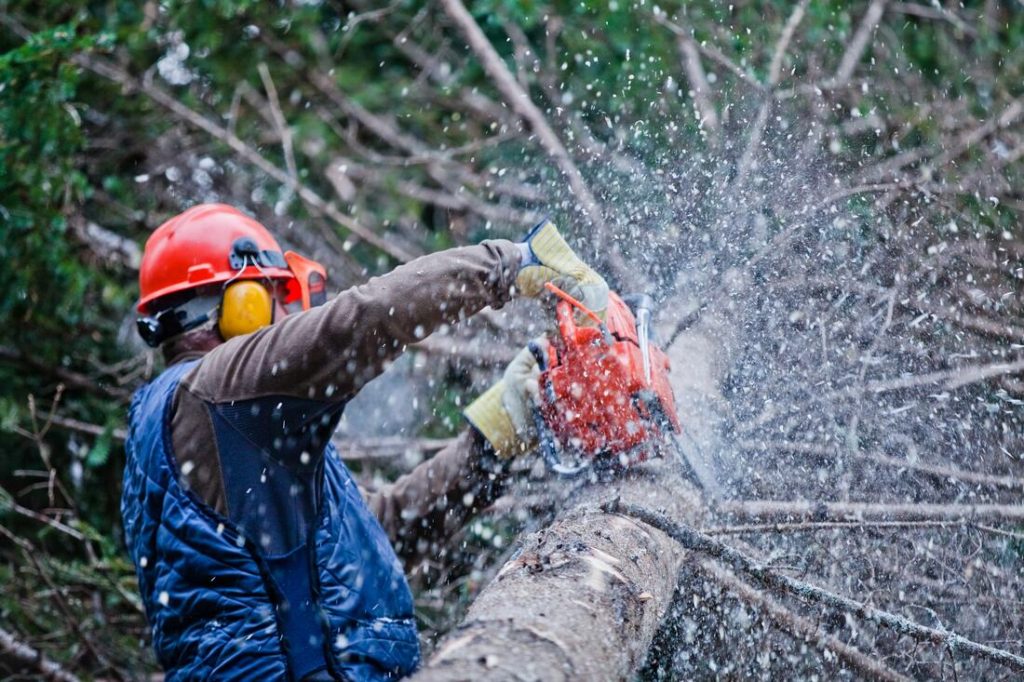
A tree service technician is a person who is specially trained in tree identification, removal, and care, and is also someone who takes care of trees. Using advanced tree rigging and climbing techniques, he is able to trim dead or diseased branches off trees or shrubs for aesthetic, structural, or practical reasons to improve the look, structure, and value of your home or business property.
Some tree services technicians are self-employed, but most tree service companies employ only certified technicians. A certified technician can be certified as either an arborist or a tree surgeon depending on the particular type of tree service they offer. Technicians who have specialized training in tree identification and care are usually referred to as tree surgeons. Technicians who are employed by more than one tree service company may be referred to as an arborist and a tree surgeon.
Tree-service technicians spend much of their time pruning diseased or dead branches. This activity removes part of the branch and exposes new and healthy branches. They are also responsible for removing dead leaves and branches that clump together on trees. Dead branches that grow horizontally are referred to as twigs and branches that grow upright are called trunks. Twigs and branches should be removed periodically. An unpruned tree is not only unsightly but poses a health risk to you, your family, and pets.
Another job of a tree service tech is planting trees and removing branches that pose different species risks. Trees that have been planted too close to one another can cause difficulty in maneuvering through driveways and patios, pose a danger to structures if they are ever broken off, and create privacy problems for homeowners. Technicians who specialize in planting should have knowledge and experience with various types of trees, their growth rate and vulnerability to different diseases. They should also be familiar with how to take care of a dying tree and should be able to tell if a branch needs to be removed or relocated.
The top 10 concerns that need to be addressed during tree-care check-ups include health concerns. Technicians need to do routine inspections of limbs and leaves for visible signs of leaf fungus, red spider mites, white fly, and other pests, insect infestations, and dry rot. They should check all areas of the tree including root systems, bark, twigs, and areas near the tree trunk where air circulation is poor. A tree-care checklist will identify these key areas and let you know what to look for during a visit. If you don’t see any visible damage, you should schedule the next visit for a follow-up inspection.
Tree services should also evaluate small sections of trees. Identifying weak branches and large decaying parts may help determine when a stump should be pruned away or replaced. Tree specialists use pruning tools to clear small sections of a tree and then test sections to determine if the branch is strong enough to support itself. If the branch cannot support itself, it should be removed. It is important to respect a tree’s natural process of growth, which may prevent unnecessary tree removal.
Tree services should not only assess the health of trees and remove spiky, dead branches, they should also evaluate tree trimming. Dead branches, damaged twigs, and other unsightly debris may need to be removed, repositioned, or trimmed back to prevent the tree from becoming overcrowded or leaning on other nearby trees. A tree trimming service can perform tree removal, tree trimming, stump control, and other tree care tasks. Trimming branches is especially important in tree houses and around decks because when the branches grow too long, they can interfere with deck installation and reduce the structural integrity of the structure.